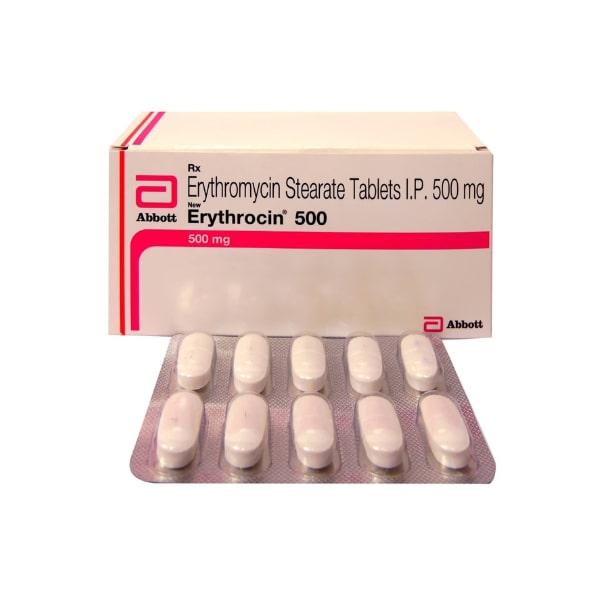1. Rapid Onset of Action:
Erythromycin is known for its relatively fast onset of action. Once absorbed into the bloodstream, it quickly reaches therapeutic concentrations to combat the invading bacteria. While the exact speed of action may vary depending on several factors, including the specific infection and individual response, erythromycin typically starts working within a few hours to a couple of days.
2. Individual Factors:
The speed at which erythromycin takes effect can be influenced by individual factors, such as the severity of the infection, the location of the infection, and the individual's overall health. In general, erythromycin acts rapidly to inhibit bacterial growth and prevent further spread of the infection. However, it's important to note that each person's response may vary, and some individuals may experience quicker relief than others.
3. Symptom Relief:
As erythromycin 500 begins to take effect, individuals may notice a gradual improvement in their symptoms. Common signs of infection, such as fever, pain, inflammation, or discomfort, may subside as the antibiotic works to eliminate the bacteria causing the infection. It's essential to complete the full course of treatment, even if symptoms improve, to ensure complete eradication of the infection and prevent potential recurrence.
4. Duration of Treatment:
The duration of erythromycin treatment varies depending on the type and severity of the infection. In some cases, a short course of treatment lasting a few days may be sufficient, while in other cases, a longer treatment period of several weeks may be required. It is crucial to follow the prescribed duration of treatment as advised by healthcare professionals to maximize the effectiveness of erythromycin.
5. Importance of Adherence:
To experience the full benefits of erythromycin, it is vital to adhere to the prescribed dosage and schedule. Skipping doses or prematurely discontinuing the medication can hinder its effectiveness and potentially contribute to the development of antibiotic resistance. By following the recommended treatment plan and completing the full course of erythromycin, individuals can ensure the best chance of successful treatment and minimize the risk of recurrent infections.
6. Consultation with Healthcare Professionals:
If there are concerns about the speed of action or if symptoms worsen despite erythromycin treatment, it is important to consult with healthcare professionals. They can provide personalized guidance, assess the progress of treatment, and address any concerns. Open communication with healthcare providers ensures that appropriate adjustments to the treatment plan can be made if necessary.
Conclusion:
Erythromycin is known for its relatively rapid onset of action in combating bacterial infections. While the exact speed may vary depending on individual factors and the specific infection, erythromycin generally starts working within a few hours to a couple of days. Adherence to the prescribed dosage and duration of treatment, along with regular communication with healthcare professionals, enhances the effectiveness of erythromycin and promotes a speedy recovery. Remember, each person's response may differ, and if there are any concerns or questions, it is always best to consult with healthcare providers for personalized advice and guidance.
